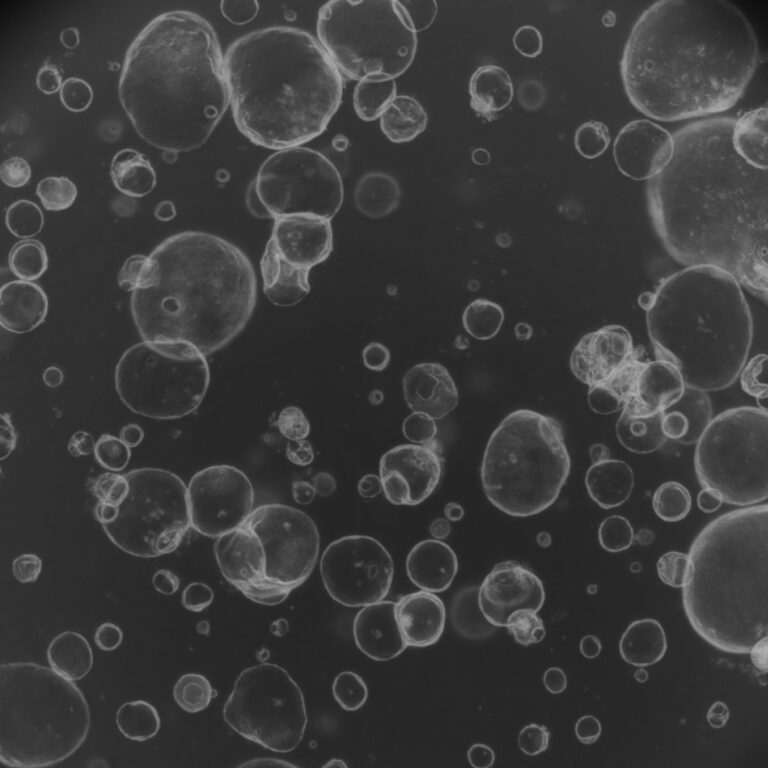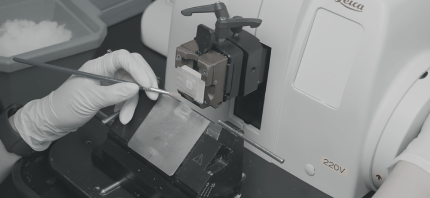This paper investigates the molecular and cellular mechanisms behind the health benefits of exercise. It explores how physical activity can regulate cellular metabolism, gene expression, reduce inflammation, and enhance mitochondrial function. These molecular processes contribute to exercise’s potential to prevent and treat various diseases, including cancer, metabolic disorders, and cardiovascular diseases.
Real-World Applications:
- Personalized Exercise Prescription: The findings can be used to develop personalized exercise regimens based on an individual’s genetic information and biological markers. For instance, those with specific genetic variations may be prescribed particular types of exercise that optimize mitochondrial function, thereby promoting disease prevention and overall health improvement.
- Integration with AI and Exercise Data: By combining data on the cellular effects of exercise with AI and machine learning, large-scale exercise databases can be created. These databases can analyze individual exercise patterns and health statuses to recommend optimal exercise protocols for long-term health management and disease prevention. Wearable devices could also monitor real-time exercise effects, offering personalized feedback.
- Exercise-Based Cancer Therapy: The ability of exercise to regulate cellular metabolism and immune function can be harnessed to develop cancer treatment strategies. Exercise could be used to strengthen the immune system to suppress tumor growth or act as an adjunct therapy to enhance the effectiveness of existing cancer treatments. Additionally, exercise-induced activation of specific cellular pathways might be used to induce cancer cell death.
- Anti-Aging and Longevity: Since exercise can reduce cellular damage and enhance mitochondrial function related to aging, it can be applied to anti-aging therapies. Customized exercise programs can be provided to the elderly to maintain muscle mass, improve cognitive function, and boost immunity, thereby promoting healthy aging.



